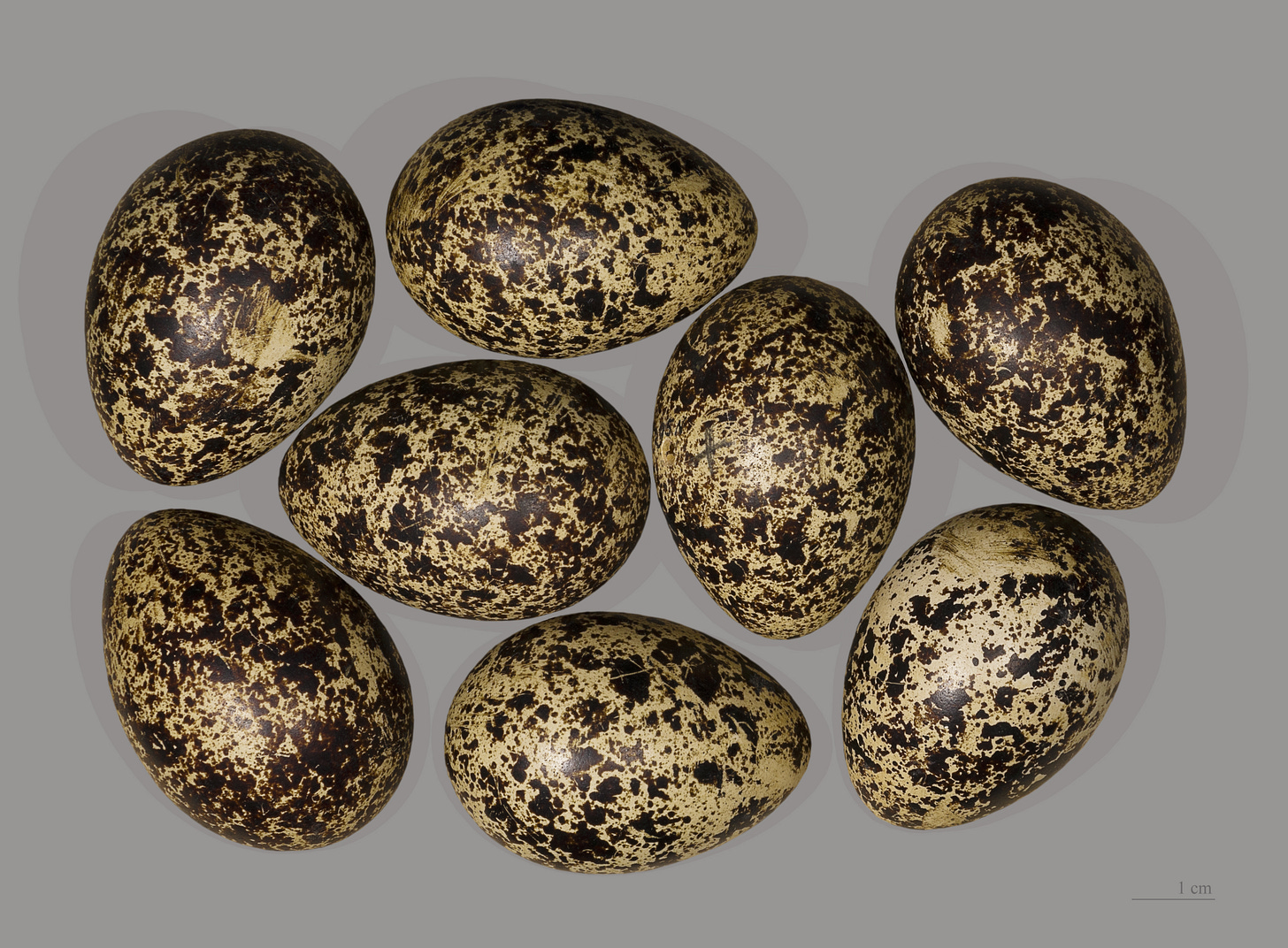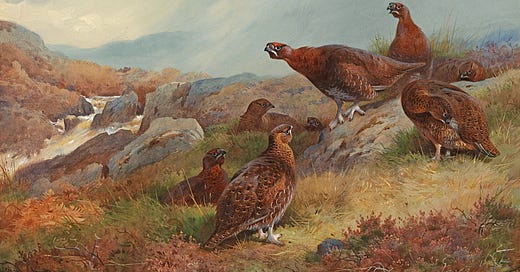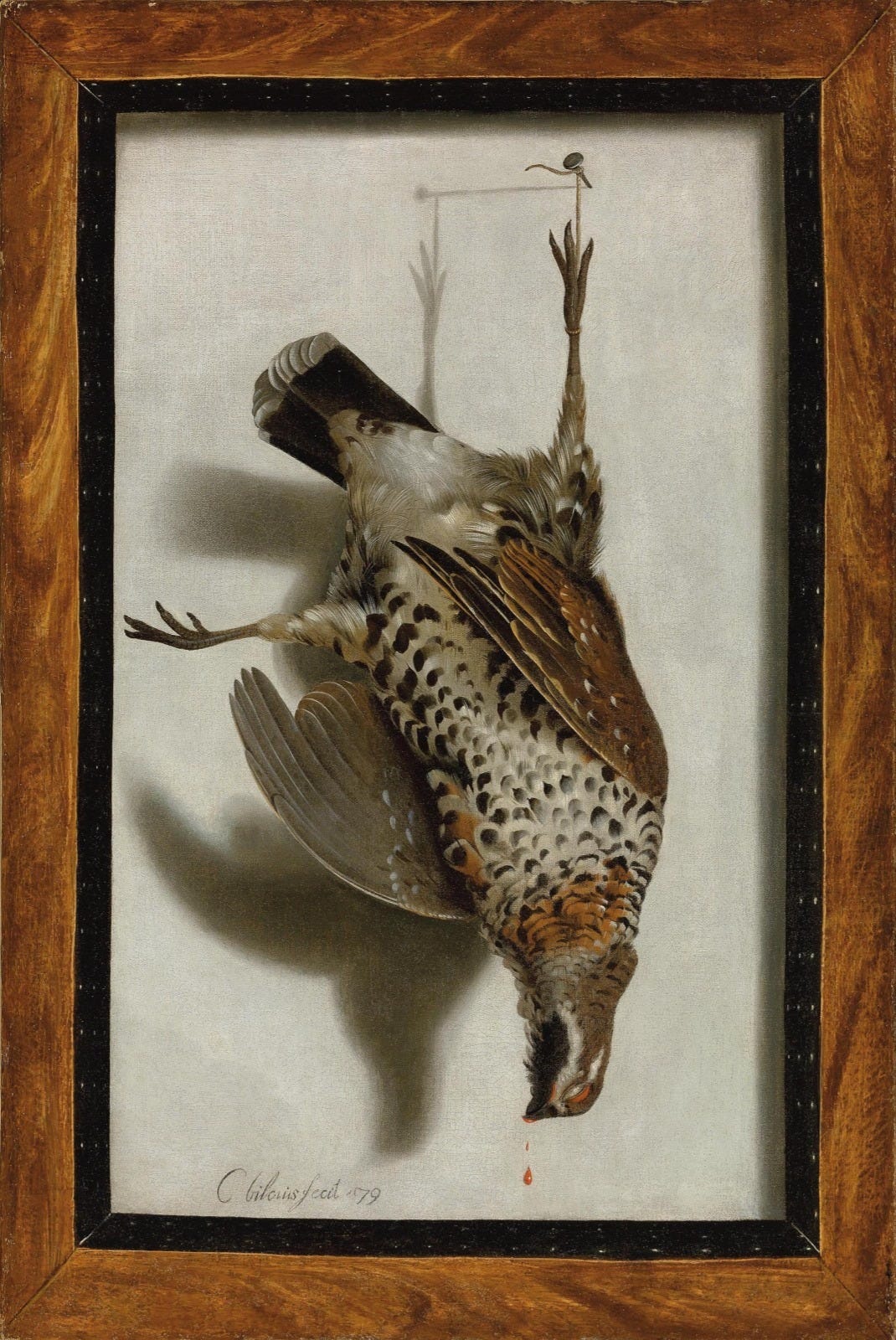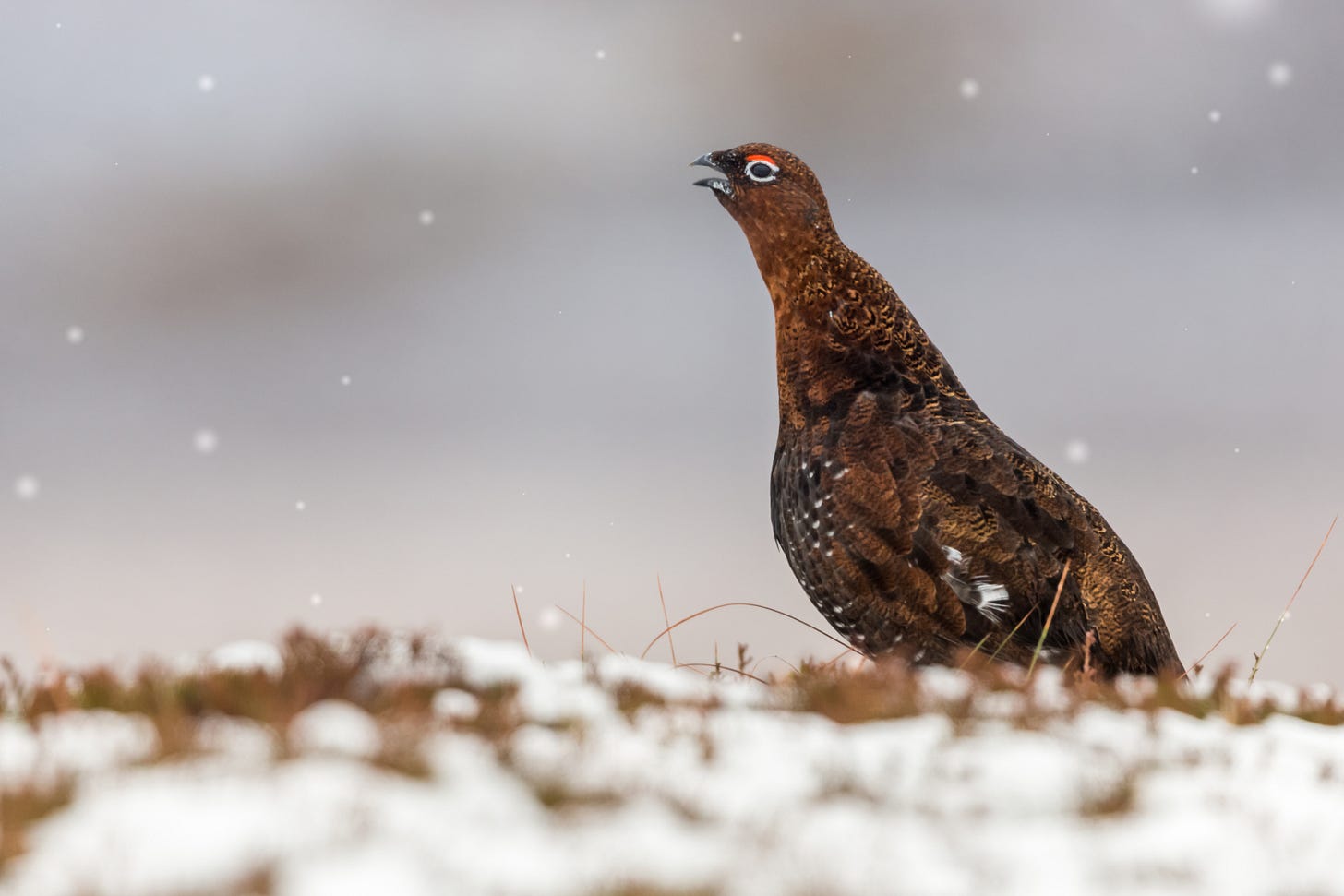This month I’ve been poring over A. Stuart Daley’s research article, “The Moons and Almanacs of Wuthering Heights,” as well as his, “A Chronology of Wuthering Heights,” both of which were published in the 1970s.
What is remarkable is the concurrence of the intricately articulated movements in the chronology of the action with whole weeks or months, moon cycles, sunsets, and the movable feast of Easter with the almanacs of two years of Emily Brontë’s childhood—1826 and 1827.1
As an independent scholar rooted in studying folklife, superstition and seasonal ritual, I’m intrigued by Daley’s bold decision to re-examine Charles Percy Sanger’s still-relatively undisputed chronology, “The Structure of Wuthering Heights (1926).
Emily Bronte’s Wuthering Heights is basically a novel of dialogues. Readers lurch from one melodramatic exchange to another; peppered with shockingly violent discourse, the novel is infused with exaggerated emotion and appalling language. What Sanger and Daley did, is chronicle the events of the novel, teasing out temporal allusions, to illuminate how Brontë set that dialogue within a domestic setting, using Nature and the liturgical calendar to structure her story.
December 10, 1801
It is early December, so I thought I might focus on this scene in Chapter X…
By now readers have been given a taste of Ellen Dean’s story—or rather, the Story of Heathcliff. The tenant Lockwood has caught a cold. Closed up inside Thrushcross Grange, he claims he is a victim of, “four weeks torture, tossing and sickness!”
Nelly has teased Lockwood with details of Heathcliff’s arrival at Wuthering Heights, Hindley’s jealousy of him and Catherine’s affection for him. At the end of Chapter IX we were immersed in a summer thunderstorm, but where are we now, dear readers?
“Oh, these bleak winds, and bitter, northern skies, and impassable roads,” writes Brontë as a frustrated Lockwood, “…I need not expect to be out of doors till spring!”
Mr. Heathcliff has just honoured me with a call. About seven days ago he sent me a brace of grouse—the last of the season. Scoundrel! He is not altogether guiltless in this illness of mine; and that I had a great mind to tell him. But, alas! how could I offend a man who was charitable enough to sit at my bedside a good hour, and talk on some other subject than pills and draughts, blisters and leeches?
Oh dear! We have been propelled from a summer thunderstorm in which a nightgown-clad Catherine caught a fever wandering the moors searching for Heathcliff, into the cold winter bedroom, where Mr. Lockwood blames Heathcliff for his present illness (while celebrating him for a gift of grouse and good conversation).
So much is happening in these three paragraphs, it’s easy to become frustrated and confused, especially if one is not attuned to the natural world. Brontë moves through space and time using not only ritual and weather but even, hunting seasons, to place the reader into the ‘World of Wuthering Heights.’
‘A Brace of Grouse’
I was born and raised in south-central Pennsylvania—Penn’s Woods. My paternal side have always hunted the land; deer and game birds were harvested and for a short time, my father engaged in fur-taking. So, one would think I should have been familiar with the term, ‘a brace of grouse.’ Surprisingly, I was not…
A brace of grouse, I have learned, refers to a pair of grouse.
Our Pennsylvania grouse—the ruffed grouse—is omnivorous. Throughout summer, it consumes fruits and insects and in autumn, fruits and nuts. The grouse’s winter diet relies heavily on buds of young aspen, birch, beech, maple, cherry and apple trees; its moisture-rich diet allows a grouse to thrive in water-scarce habitats.
In northern England, it is the moorland red grouse to which Brontë refers; a brace of which Heathcliff—in a rare conciliatory move—sends to Lockwood.
And, a game bird Heathcliff had every right and privilege of hunting on the grounds surrounding The Heights. The Glorious Twelfth marks the opening day of the UK’s hunting season for red grouse (12 August-10 December), but before the Game Act of 1831, game-taking and dealing with poachers was managed by landowners.
A. Stuart Daley dated Heathcliff’s gift, December 10, 1801: the last of the season.
With a bit of research, I learned red grouse feed on moorland heather. Heathcliff, aptly-named, would have hunted his land accompanied by his dogs, ‘walking up’ grouse. Hareton was also certainly a hunting companion. Not the noisy hunting parties of aristocrats, his is a meaningful harvest, executed by a man in tune with Nature and living close-to-the-land.
When Heathcliff gifts Lockwood that brace of grouse, Brontë continues to assert her character’s current social status. She hints at Heathcliff’s humanity by informing us he recently sat by Lockwood’s bedside and willingly visited with his tenant.
In the first nine chapters of the novel we have learned of Heathcliff the sullen child and Heathcliff the envious adolescent. The Heathcliff whom Lockwood meets is an adult man. And as the Story of Heathcliff unfolds, readers will accompany him to the violent heights of his vengeance and to the heartbreaking depths of his grief; but for now—in Chapter X, in 1801—he is simply a single man in his late-30s, begrudgingly supporting a quasi-nephew and a widowed daughter-in-law.

Much later in the story, before becoming his daughter-in-law, Cathy is discovered by Heathcliff, plundering the nests of grouse for eggs. But you don’t know this yet. You have learned very little. After the stirring events of the previous chapter—the elder Catherine admitting her deep and abiding love for Heathcliff—if you’re like me, you are entirely frustrated when you find yourself in the company of Lockwood and he is waxing poetic about a gift of red grouse.
The thread of romance is woven throughout. You need only, to read closely. It is mid-winter—stillness, silence, darkness and death. It will soon be spring. Spring ushers in the thaw. ‘A strange change approaching.’
Growth, birdsong, light, warmth. Resurrection. The rebirth of Heathcliff.
Winter, spring, summer and fall. Full moons. New moons. Wind and rain and snow and ice. Lady Day, Midsummer, harvest, and Christmas. Emily Brontë structures an entire novel around days and seasons, assigning the Harvest Moon prominence. I’ll continue to explore this in upcoming essays…
This essay is my ‘last of the season.’ As I mentioned in my last essay, my husband was diagnosed with kidney cancer in October. He will begin adjuvent therapy on the 16th, but beforehand, he must have a number of CT scans. Yesterday—before we are thrust into a hospital setting—we visited the university library and stocked up on a number of books we’ve been hoping to get our hands on. I found a copy of Wuthering Heights from 1963, illustrated by Bernarda Bryson Shahn. She died on December 12, 2004—at the age of 101! I look forward to sharing her work with you in January…until then, I wish you all a blessed holiday season and a Happy New Year. ♡
Daley, A. Stuart. “The Moons and Almanacs of Wuthering Heights.” Emily Brontë Wuthering Heights: Authoritative Text Backgrounds Criticism, edited by William M Sale Jr. and Richard I Dunn, 3rd ed., W. W. Norton & Company, 1990, pp. 333-352.
Cover Image: Red Grouse on a Moor, 1922, Archibald Thorburn










I am sorry for the cancer of a loved one. I am also dealing with cancer and chemo. It has put my life in a different light. Every book I get to read is a gift. I try to choose them wisely, or hope they choose me wisely. I am fascinated by your reread of Wuthering Heights. I know I am reading from back a ways. I hope all is well with your family.